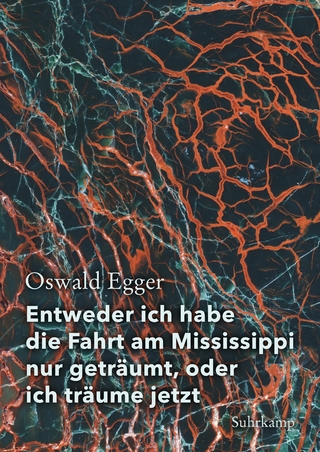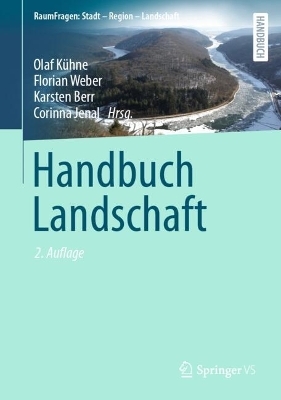
Charles Huber
Arabian Publishing Ltd (Verlag)
978-1-911487-67-8 (ISBN)
The French-Alsatian geographer Charles Huber (1847–84) achieved fame as one of the 19th century’s great Arabian explorers. On his two heroic journeys between 1880 and 1884, he pioneered the scientific mapping of inland Arabia and made some of the earliest records of ancient North Arabian inscriptions and rock art. His tragic murder in 1884 meant that he published little, and the only connected narrative that he managed to write was of his first journey in 1880–81. This highly significant document of Arabian exploration has not been published since 1885, and is presented here for the first time in English translation.
Despite Huber’s great posthumous reputation, almost nothing has been written about him. William Facey’s biographical. introduction fills this void, revealing much that was hitherto unknown about Huber’s complex and risk-taking personality, and about his colourful life as a fervent French patriot coming of age in Strasbourg during a time of Franco-German conflict.
New light is shed on the dates and itinerary of Huber’s first Arabian journey, an epic quest of some 5,000 kilometres on
camelback requiring immense fortitude. For this he used Ha’il as a base before travelling with the pilgrim caravan to Iraq and thence to Syria. The focus then shifts to his return to Arabia in 1883 with Julius Euting, the eminent German Semitist, and the twists and turns of their unsuccessful collaboration. Having parted company with Euting at the great Nabataean site of Mada’in
Salih in the northern Hijaz, Huber went back into central Arabia before making a dangerous journey to Jiddah. He was murdered
shortly after, on 29 July 1884, by his guides on the Red Sea coast.
Finally, the affair of the Tayma Stele, the celebrated Aramaic inscription now in the Musée du Louvre, comes under the
spotlight. In a new analysis of this notorious Franco-German imbroglio, the prevailing idea that Huber first saw it in 1880 is held up to scrutiny, and Euting at last given his due for its discovery in 1884.
William Facey is a historian and museum planner. He was born in Northern Rhodesia in 1948, and read classics, philosophy and art history at Wadham College, Oxford from 1967 to 1972. His Arabian career began in 1974, since when he has been involved in many museum projects in the region, especially in Saudi Arabia. His books, introductions and articles. cover the history, architecture and early photography of the Arabian Peninsula countries, as well as Arab maritime history, Islam among the British, and Western travellers in Arabia, especially those visiting Islam’s holy cities. He founded Arabian Publishing Ltd in London in 2002, and ran it until 2015, when it was acquired by Medina Publishing Ltd. In 2006, he became a founding trustee of the British Foundation for the Study of Arabia (BFSA), now the International Association for the Study of Arabia (IASA; www.theiasa.com), and served as the book reviews editor of its Bulletin from 2006 till 2019.
| Erscheinungsdatum | 29.09.2022 |
|---|---|
| Zusatzinfo | 18 B/W & colour illustrations, plus map |
| Verlagsort | Surbiton |
| Sprache | englisch |
| Maße | 156 x 234 mm |
| Themenwelt | Naturwissenschaften ► Geowissenschaften ► Geografie / Kartografie |
| ISBN-10 | 1-911487-67-1 / 1911487671 |
| ISBN-13 | 978-1-911487-67-8 / 9781911487678 |
| Zustand | Neuware |
| Haben Sie eine Frage zum Produkt? |
aus dem Bereich


